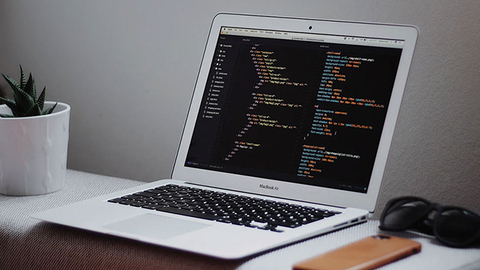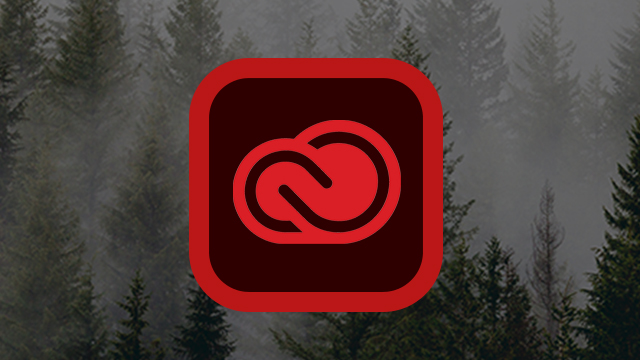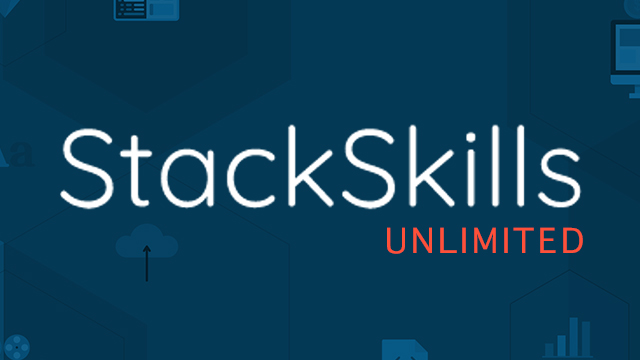There’s no shortage of use cases for Python: from simple user scripts to web servers to complex APIs. It has a simple, highly-readable syntax which makes it perfect for beginners. Whether you’re a beginner or looking to refresh your Python skills, this course breaks basic concepts down into beginner-friendly, comprehendible lessons. You’ll finish the training with three hands-on coding exercises so that you’ll feel confident in your skills by completion.
- Learn Python programming step-by-step w/ 25 lectures & 4 hours of content
- Learn to install the Python 3 interpreter & run the interpreter in the command line
- Execute Python source files
- Use Python to do simple arithmetic
- Learn to work w/ words & characters using a data type known as the “string”
- Study the Boolean type, a representation of True & False
- Start organizing data into a list
- Create lists & access or edit elements inside them
- Look at the dictionary type to create mappings
- Study the control flow: if statement, looping, functions, errors & more
- Participate in three practical coding exercises
What you will learn
We will begin the course by installing the Python 3 interpreter. We will look at how to run the interpreter in the command line, as well as how to execute our Python source files.
After that, we will learn about how to manipulate some basic data types. We will learn about how use Python to do simple arithmetic. Then, we will learn about working with words and characters, using a data type known as the "string". We will also cover the Boolean type, which is a representation of True and False inside of a programming language.
Then we will move on to more complex types. First we will look at how we can organize data into a list. We will look at how to create lists, how to access elements inside them, and how to modify the contents of a list. Then, we will look at the dictionary type, which allows us to create mappings. For example, a dictionary could map account numbers to client names.
We will then move on to control flow. Control flow refers to the sequence in which a program's statements are executed. We will look at the if statement, which allows the script to decide whether or not to execute a block of code based on some condition. We will also look at looping. Looping refers to repeatedly executing a block of code until some condition is met. Functions will also be covered, which will allow us to organize code into simple, reusable pieces. Then, we will learn about errors, and how to handle them properly so that they do not halt execution of the script.
Finally, we will end the course with three practical coding exercises. These exercises will ask for user input, validate the user input, and display a result in the command line. In cases of invalid input,meaningful error messages will always be displayed to the user. The first exercise will involve asking the user for the length, width and height for a rectangular box. The program will then calculate and display the box's volume. The second exercise will calculate the sum of all multiples of a list of numbers up to 1000. The last exercise will ask the user for a length and a width, and display a multiplication table with the given dimensions.
Prerequisites
Using the command line: In order to execute our coding examples, we will need to use the command line. In Windows, this is the Command Prompt and in MacOS this is the Terminal. For the purposes of this course, students only need to know how to change directories inside the command line. Everything else can be learned by watching the videos.
Python 3: This courses uses Python 3, which has some significant differences from Python 2. The first video of the course will demonstrate how to install Python 3, and how to run it in the command line.
Notepad++ ( Recommended ) : Notepad++ is a free, open-source text editor. Although JavaScript and HTML can be written using any text editor, Notepad++ is highly recommended because of features such as syntax highlighting and auto-complete.



